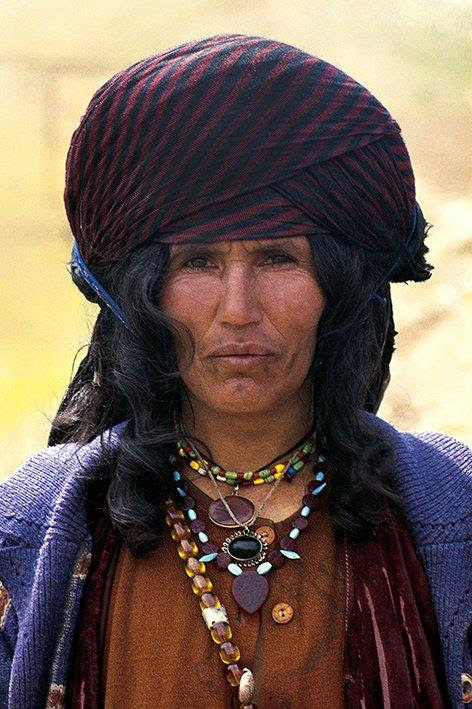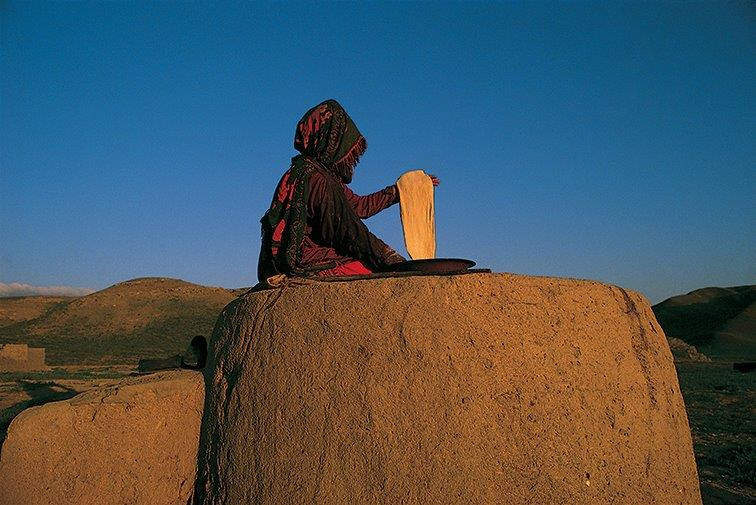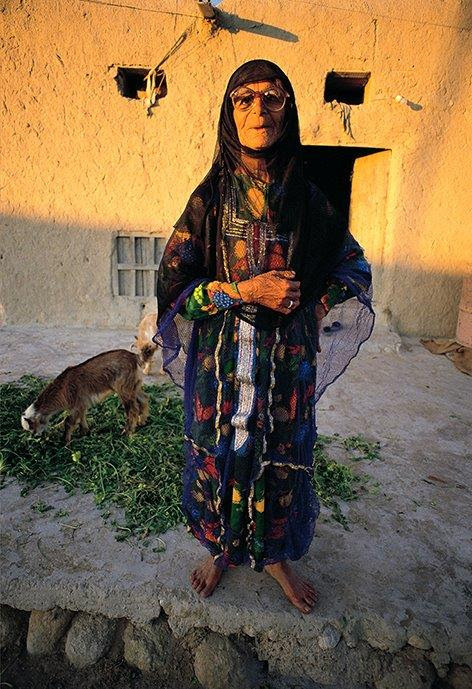Solo exhibition of Nasrollah Kasraian
Opening at Aaran Projects on 6th November 2020
On view until 23rd November 2020
The Younger generation do not remember, We don’t forget. In the middle of Iran- the Iraq war, at a time of scarcities and hardship, in the absence of image (except the bitter images of TV), with his photographs and books, Nasrollah Kasraian created a bond between his people and their own land, that four decades later is still an inseparable part of our visual recollections. For at least two generations, the love and agony of Iran are intertwined with his imagery. The Damavand of Kasraian that first appeared on the cover of his book, Our Homeland Iran, is still the tallest Damavand. His beautiful Qashghai girl is still the most beautiful of girls, the woman from the South holding a sickle is still the strangest image, and the seasonal migration of tribes is still his domain.
At a time when the presence of women was barely tolerated, his images of ladies from Kurdistan, Baluchestan, Gilan, Lorestan, Azerbaijan, Turkmen, Bakhtiari, Shahsavan, and Qasghai, carried the scent of grain fields of Fars, and whispers of forests of Zagros, Golestan, and Azerbaijan, to the cities of Iran.
From the dawn of Persian civilization, this was the first time actual images of a real Iran were displayed. One of the dominant traits in these images was the role of women and mothers and the respect and civility of an artist who was witness to it and was able to show it to others. Images of continuous movement and constant struggles, the presence of matriarchs, and the concept of the home were part of the rhythmic bit of life and a reaffirmation that we will carry on.
Maybe it is unnecessary to repeat, but let us remember that in the darkest days of this land, the women bring color to our lives, who fill the air with their scent, and with their ceremonial black and white clothing, guard our dignity. Nasrollah Kasraian has shown us our homeland, the face and mannerisms of our women, and, therefore, our continuity. Undeniably Iranian Social History is indebted to this artist.
Nazila Noebashari


